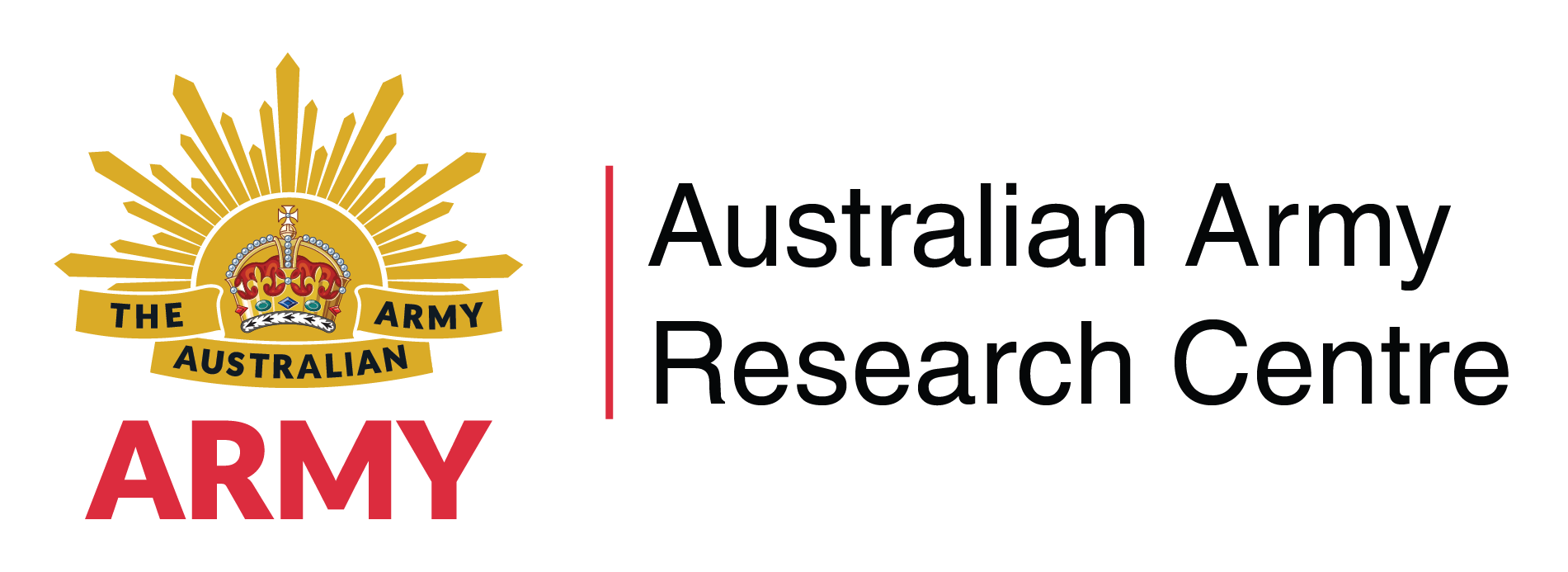Search
Using the filters to the left, click your selection, it will become bold and filter the results, click it again to remove that filter.
The ultimate source of strategy lies in the values of the people of a nation - Admiral Henry E. Eccles In June 2002, the Department of Defence published a 25-page booklet called The Australian Approach to Warfare. This publication identified the manoeuvrist approach, a preference for advanced technology, and a requirement to engage in joint and coalition operations as being the main features of an Australian way of war in the 21st century. 1 These features are, of course, not confined to Australia and can …
No doubt soldiers have always understood that, when they were charged with a mission that did not look familiar—one that diverged from the agreed upon business of fighting wars—they had entered an unorthodox realm of soldiering. Roughly speaking, such military operations fall under the heading of ‘the small change of soldiering’, to use John Keegan’s now-famous phrase. 1 Finer-gauged definitions are unnecessary as Keegan’s phrase easily incorporates interventions, invasions, punitive expeditions, …
* This article is based on an address delivered at a Deputy Chief of Army Occasional Seminar at the Royal Military College in Canberra on 7 August 2003. This article concerns war generally and the current war on terror in particular, and reflects on 2500 years of history and culture. From the fighting of early Greece to the wars of the 20th century, there is a certain continuity of Western military practice. Greek phalangites and British close-order volley fire are linked by culture. In his 2001 book …
The June 2002 Bush Doctrine and the September 2002 National Security Strategy of the United States of America (NSS) brought the issues of preemption and prevention in the use of force to the fore in international relations. In both the Bush Doctrine and the NSS, the United States attempted to deal with three types of new interconnected threat: terrorist groups, weak states and rogue states. Both documents promised to confront global terrorism and to hold to account nations compromised by terrorism, …
The Australian Department of Defence has long sought to achieve a clear margin of military superiority against any credible adversary through manipulating advanced military technology. In recent years, networkcentric warfare has appeared to offer a range of operational advantages to the Australian Defence Force (ADF) through the process of linking sensors to shooters across the battlespace. These advantages include the creation of a robustly networked force that improves information-sharing, facilitates …
The body is the first and most natural tool of man. - Marcel Maus It is often said that science fiction is a genre of cognitive estrangement, a combination of the cognitive (the rational, scientific) and estrangement (translated as alienation from the familiar and the every-day). Yet most science fiction writing is an extension, or extrapolation, of the present. If science fiction were concerned only with estrangement, we would not understand it. If it were only about cognition, it would be a work of …
Australia’s December 2000 Defence White Paper outlined a strategic posture dictated by two major imperatives. The first imperative was defence of the Australian continent and the second imperative was the need to participate in efforts to uphold global security. Since the al-Qa’ida terrorist attacks of 11 September 2001 on the United States and the Bali bombings of October 2002, the two imperatives have become intertwined. Participation in maintaining global security is now closely enmeshed with upholding …
Aremarkable change in the general thrust of Australian defence policy has occurred in the past eight years. In 1996, Australia’s defence policy revolved around the Navy and Air Force defending the northern sea–air gap as if it were a moat. The Army’s role was peripheral to the latter task and was confined to dealing with those enemy combatants that succeeded in penetrating the continental landmass. For a trade-dependent nation such as Australia, the concept of a continental- style defence policy ignored …
The swift and overwhelming nature of the initial warfighting phase of Operation Iraqi Freedom has prompted some defence experts to proclaim the arrival of a new way of war designed around Effects-based Operations (EBO). In essence, such operations seek to move away from an attrition and linear approach to warfare. In an effects-based philosophy, campaign planning seeks to identify the outcomes that are required from fighting and then to derive the means required to achieve such outcomes. This article …
‘The manoeuvrist approach ... concentrates on the judicious massing of effects rather than massing of physical force.’ - Australian Army, Future Land Warfare 2032 (1999) Carl von Clausewitz’s insight that war is a free and creative act resting on a clash of wills reflects an enduring reality of war, namely that antagonists always seek to exploit their perceived strengths and weaknesses in order to try to impose control. Modern defence forces in general, and armies in particular, usually apply force as a …
